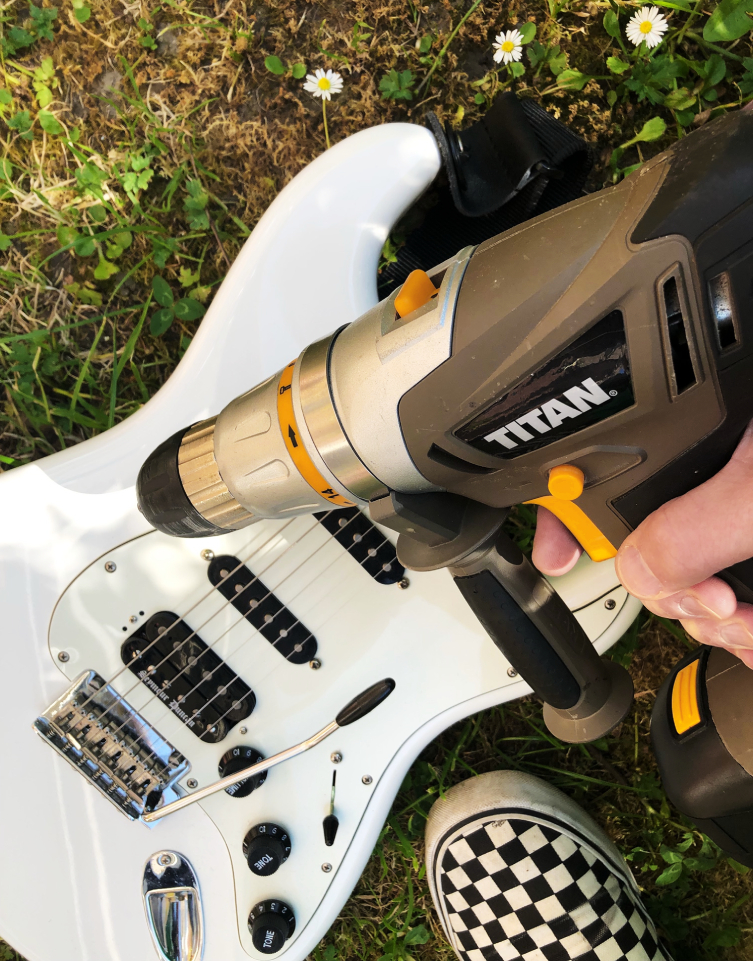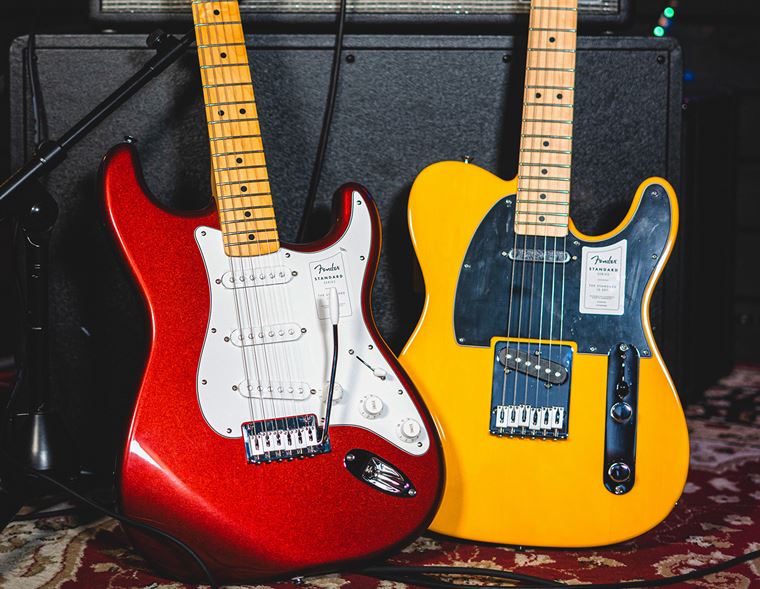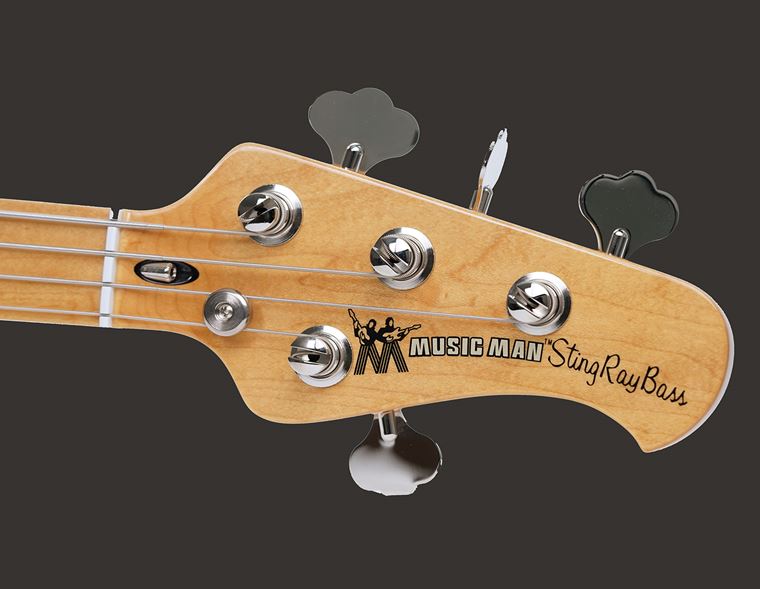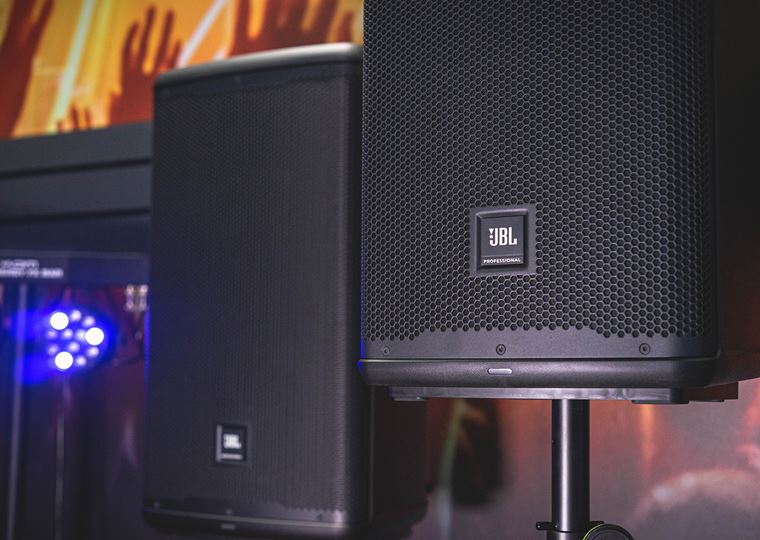That was a Guitar? 10 Crazy Sounds You Wouldn’t Believe!
Published on 05 June 2023
The guitar is just such an expressive instrument. It can really be a mirror for the player’s personality, bringing out their emotions, tastes and sensibilities in ways that few other instruments can.
This is partly doing to the immediate cause and effect of having fingers of strings, but it’s also the combined effects of amplified sound with the wealth of processing available out there to colour and modify your sound. The guitar can be as pleasant or as violent as you want it to be; as linear or as oblique as your vision and abilities dictate.
Today, we’re going to look at some of the most creative players out there: people who’ve taken the guitar to extremes that most other guitarists haven’t. Whether it’s some unorthodox technique, creative use of pedals or just applying sound in a way we didn’t expect, here are some top examples of guitar sounds that come from a different universe…

Motorcycle Guitar (Meatloaf - Bat Out of Hell)
Our first choice today is one most of us are familiar with. Meatloaf’s operatic epic tale of rock ‘n’ roll redemption is one we all have a soft spot for, and it begins in mighty fashion with the sound of a motorbike revving up and driving off (presumably ‘outta hell’) as the tune gathers its thunder.
As you’ll no doubt have guessed, it’s not actually a motorbike at all but in fact producer/guitarist Todd Rundgren’s Fender Mustang! We spoke to Todd a few years back and asked him directly about it:
“For a while I played Fender Mustangs. Indeed, that’s the guitar I used on Bat Out of Hell to get the motorcycle sounds and stuff. The reason why it worked well for me, even though it was very difficult to play on the higher frets – because it’s a student guitar, it’s a shorter scale – but what you could do with the whammy bar was unbelievable, you know? It was way further than any other guitar. You’d push all the way down and the strings are actually sagging, they’re drooping (laughs), you know? And then you’d get these ridiculously screamy harmonic notes when you pull it up.”
Elephant Shrieks (King Crimson - Elephant Talk)
Adrian Belew is a player whose dedication to avant-garde guitar noise could fill this whole blog. One of our favourites is in Elephant Talk, the opening track from King Crimson’s exemplary 1981 Discipline record. Presumably written as an excuse to unleash this gargantuan animal noise from his guitar, Elephant Talk sees Belew sing about different types of communication (arguments, announcements etc) before firing off salvos of what can only be described as a mad trumpeting elephant wail.
How does he do it? Well, it’s a combination of a good idea, a fuzz pedal, a flanger and just the right physical approach. Watch him do it live below, set up your effects and start annoying your neighbours!
Talking Guitar (David Lee Roth - Yankee Rose)
There have been a few fun examples of musicians mimicking human speech on their guitars over the years, with Jimi Hendrix’s Still Raining, Still Dreaming being a prime early example. Today, though, we think the most clearly conversational electric guitar speech comes via Steve Vai, on ‘Diamond’ David Lee Roth’s smash hit Yankee Rose. Picking up from where Hendrix left off, Vai uses a wah pedal and tremolo arm (along with a very advanced pair of ears) to create a cartoonish uncanny valley of quasi speech from his Charvel guitar. This is not the last time Steve did this (check out Ya Yo Gakk for something really quite unusual…) but it’s probably the one that most people have heard, so we’ll go with this most influential example today.
Scratching, Alien Cow Noises (Rage Against the Machine - Mic Check)
There was never any doubt about Tom Morello’s inclusion on today’s list: it was more a question of which example to go with! Rage Against the Machine’s leader and guitarist has such an unorthodox approach to his lead playing that he has developed an entirely new vocabulary for the guitar, to such a degree that performing anything remotely like it instantly marks you as a copycat. That’s when you know you have something unique!
So, which crazy Morello guitar part did we choose? We thought about the synth-like solo on Wake Up; we considered the ‘harmonica from space’ sound on Guerilla Radio and we almost went with the inspired ‘played with an allen key’ (literally) riff to People of the Sun. In the end though, the solo section on Mic Check from 1999’s Battle of Los Angeles, was just too characteristic of Tom (and too random for words) to leave out. We get his famous atonal ‘DJ scratching’, followed by some whammy bar dips that sound very much like the moos of a disgruntled cow! This song delivers full Morello value for sure.
There’s much to be learned from Tom’s approach to the guitar, not least the very headspace it takes to see these sounds as being legit creative choices, and the temerity to choose them over more conventional playing. We say: steal his attitude but follow your own sonic avenues, otherwise you’ll just sound like him, which is never really the point, is it?
Laser Gun (Billy Idol - Rebel Yell)
What was that cool laser gun sound that happens during the guitar solo of Billy Idol’s class 80s smash Rebel Yell? You know the bit? Steve Stevens is indulging in some tasteful-yet-flashy soloing when a mad toy-laser noise occurs at the end of every few bars. It’s way cool, but what actually is happening here?
Well, Dr Watson, the simplest answer is often the correct one. What you are hearing is indeed a toy laser gun being ‘fired’ in extremely close proximity to Stevens’ guitar pickups. His guitar sound is hot enough (high gain and compression for days) to pick up the toy’s noise, so he’s just doing exactly that at those points in the solo: grabbing the laser, holding it close to the strings and unleashing a volley of sci-fi laser noise! It’s very cool, very creative and, somehow, very appropriate.
Electric Drill (Van Halen - Poundcake)
Here’s another example of using the guitar pickup as a microphone. This time, instead of a toy laser blaster, it’s a full-on cordless drill! Yes, whilst it’s absolutely understandable to assume that Eddie could make these noises on his own - as he spent a lot of his career doing - on this particular occasion, he opted for a cordless drill held up close to the pickups to give Poundcake a very unique intro! We suppose that since Ed was a famous tinkerer of his instruments, he may well have come across this sound by accident whilst making holes in some poor priceless guitar, but the result was worth it! It’s undeniably cool and there’s an excellent oscillation that seems to happen with the sound once the drill’s bit reaches its max speed. Just be careful if you’re trying this one at home, okay?
Atonal Gen X Madness (Smashing Pumpkins - Zero)
Spooky Altera-legends the Smashing Pumpkins are still somewhat underrated as premier guitar lords, so it’s good to include this most inspired and creative of guitar solos.
The song itself is something of a snarly Gen-X anthem, complete with a riff that spits nihilism and attitude. Therefore, a typical ‘guitar hero’ solo is not an appropriate addition, as capable as guitarists Billy Corgan and James Iha are. Indeed, they went the entire opposite way, using a chain of apparently 13 effects pedals and an indecently loud amp to create a sound that is only barely recognisable as a guitar. Heroically, guitar tab for this part does exist, but just try playing it and you’ll see how little the actual notes factor into the overall ‘Jackson Pollocking’ of the sound. Abstract guitar for the win? Quite.
Synth Guitar (Muse - Map of the Problematique)
Muse’s Matt Bellamy follows in the tradition of Tom Morello and Jonny Greenwood as a guitarist in a huge band who mixes accessible writing with bonkers guitar parts. Normally something of a neoclassical noisemaker (in the early Muse days at least), this example sees Bellamy function his inner techno fan with a guitar sound that is entirely dependant on heavy signal processing to make it sound like a synth. The part uses some type of syncopated gating (Z-Vex make a Seek Tremolo effect that’s famous for this and is the likely conspirator here) to create severely chopped waves of chords that leave little of the guitar’s natural voice intact. It sounds very much like a big fat 80s gated synth sound, but it’s coming from a guitar and in a hard rock context, so it’s fresh and bold for sure!
Guitar Played by a Malfunctioning Robot (Radiohead - Go to Sleep)
Jonny Greenwood is possibly one of the most iconoclastic guitar players in popular music. His famous ‘sabotaging’ of Creep - those clunking, crunchy guitar stabs before each chorus were his version of a tantrum at playing on a song he disliked - added the touch of genius the song needed to be a perennial hit, no doubt to his chagrin.
A similarly irreverent attitude applies on today’s example, when our iconoclastic hero goes as far as to program a patch on a piece of software called MaxMSP to then run his guitar through. Cool idea for sure, and Greenwood’s enthusiastically savage patch completely upends the typical player/reaction relationship with a sound that retriggers, randomises, glitches and generally creates utter havoc to the input source, which of course is his guitar sound.
You’ll either absolutely love or hate the sound of this, but there’s no denying the creativity and invention behind it, not to mention the arch dismantling of guitar hero tropes!
Bagpipe Guitar (Guthrie Govan/Hans Zimmer - Dune)
Given that he won an Oscar for the Dune score, it’s fair to say that Hans Zimmer knew what he was doing, but asking a guitarist - even one as gifted as Guthrie Govan - to mimic bagpipes with a guitar is pretty left-of-centre!
We recently asked Guthrie about the whole process, and here’s what he shared with us:
“One night, Hans emailed an audio file to me and asked if I could replicate its melody but in the style of “a thousand drunk bagpipers staggering home after the pub.” This struck me as a somewhat unusual request to send to a guitar player but, given that we were all in the middle of a lockdown at the time, I reasoned that it couldn’t hurt to spend a little time seeing if I could tackle this bizarre and impossible-sounding mission.
In the end, I found myself using the monophonic synth block on the Fractal (along with, I think, a tiny amount of fuzz) and then stacking up a lot of different takes, subtly varying the EQ for each new pass. The other thing which seemed to help was trying to harness the sonic artefacts which happen when the synth block’s pitch tracker fails to track the note properly… it’s hard to describe but I found a certain way of attacking the string which would momentarily confuse the pitch-tracking module and the resulting glitchiness seemed to mimic some of the unique sonic properties of bagpipes. So… I just did my best, sent off the resulting stems and then thought no more of it.
When I finally watched the film, I actually assumed that the bagpipes were real and that my choir of “drunk” guitar approximations had never made it into the final soundtrack but Hans informed me that the opening few bars of that scene were indeed me! I guess the sounds you create can sound quite different after you’ve had a little distance from them and forgotten about the “process” which led to their creation!”
What a legend.
Inspiration Everywhere
So, those were some of our favourite examples of taking a guitar and applying it in ways that are really quite far from the standard fare. From shrieking elephants to mooing cows, and from laser guns to outer space bagpipes, we’ve seen just how adaptable and chameleonic our favourite instruments can be, given the right technology and the correct approach.
Has this inspired you to try some unorthodox techniques with your guitar? Have your eyes been opened to the potential on offer, with just a few simple tools? We hope so. Guitar playing is all about expressing YOU, not anybody else, and we can’t wait to hear you. Get going!












